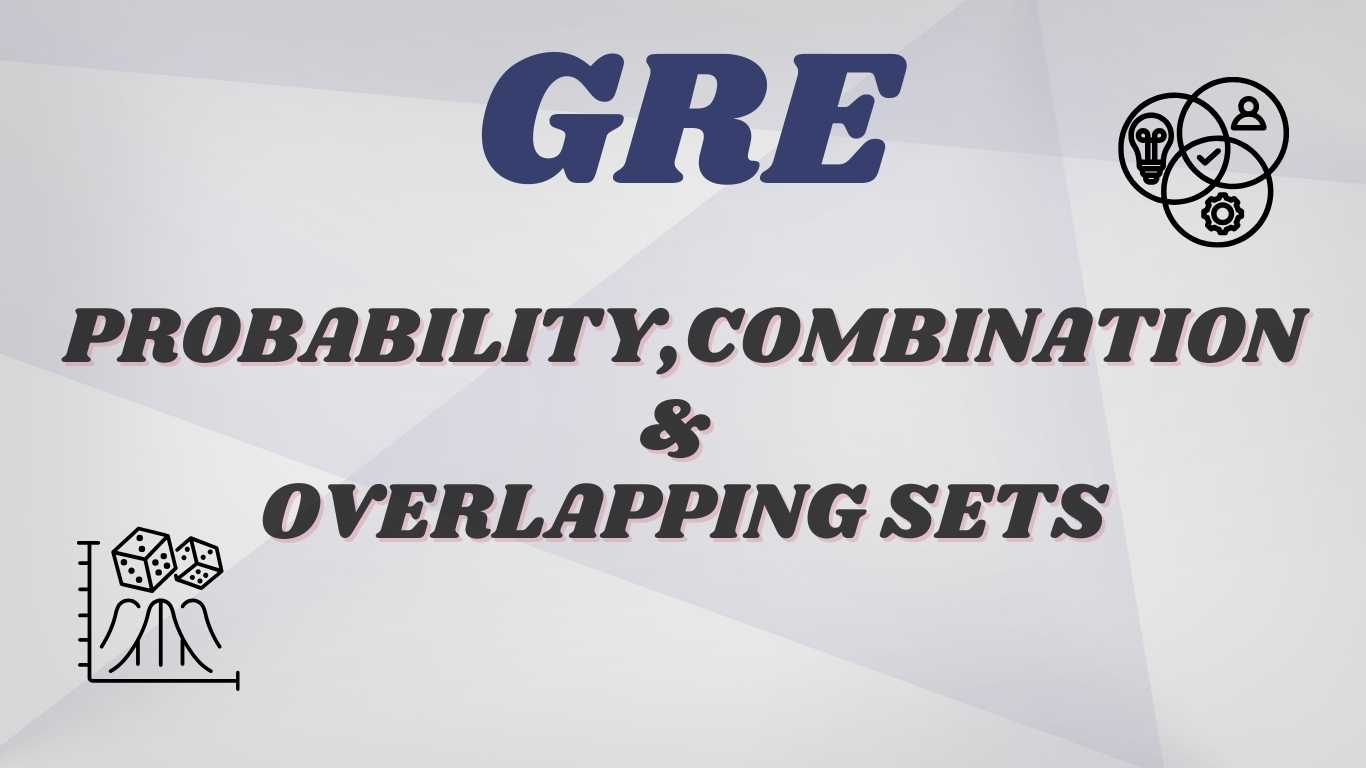Introduction
Okay, let’s be real: Probability, Combinations, and Overlapping Sets might sound like the stuff of math nightmares, but once you get the hang of them, they’re actually the key to rocking the GRE Quantitative Reasoning section. These topics pop up in about 15-20% of the questions, so you’ll want to give them some love in your prep. But don’t worry, mastering them won’t turn you into a robot—it’ll actually help you feel way more confident on test day. You’ll be solving problems with ease, like you’ve got a math superpower.
Probability is all about predicting the chance of things happening. Think of it like trying to guess if your favorite team will win the big game or whether you’ll find a good parking spot at the mall. Understanding the basics—like the Addition and Multiplication Rules—gives you the tools to break down these problems step by step. You’ll see these types of questions in about 5-10% of the Quant section, so getting comfy with them will definitely help.
Combinations are your go-to for figuring out how many ways you can choose things from a bigger group. Ever tried to pick the perfect team for a game or chosen toppings for your pizza? That’s combinations in action! These types of questions show up in about 10-15% of the Quant section, and they’re all about using the combination formula to figure out how many different ways you can select things. It’s not as complicated as it sounds once you know the formula, and trust me, it’s a game-changer for the GRE.
Overlapping Sets are like sorting your friends into different categories: some are in your study group, some are in your book club, and some are in both. GRE loves testing your ability to figure out how these sets overlap, which is where Venn diagrams and the Inclusion-Exclusion principle come in handy. These questions make up about 5-10% of the Quant section, and once you get the hang of how to break down the sets and their relationships, they’ll feel like a breeze.
In the end, these topics are more connected than you might think. You’ll often find them mixed together in the same question, so getting comfortable with all three means you’ll be able to tackle even the trickiest problems with confidence. And once you’ve got them under your belt, you’ll be ready to take on the GRE Quant section like a pro.
"Success is the sum of small efforts, repeated day in and day out." – Robert Collier
Probability
Short Note
Probability is all about the chances of an event happening. Whether you're guessing the outcome of a coin toss, or trying to calculate the likelihood of getting a 5 on a dice roll, you're diving into the world of chances! The law of probability works like this:
Addition Rule:
When you're calculating the chance of either of two events happening, you add their individual probabilities, but you subtract the overlap if they can happen together (so you don’t double-count).
Formula:

Multiplication Rule:
When two events are independent (like flipping a coin twice), the probability of both events happening is the product of their individual probabilities.
Formula:

Example with Step by Step Solution
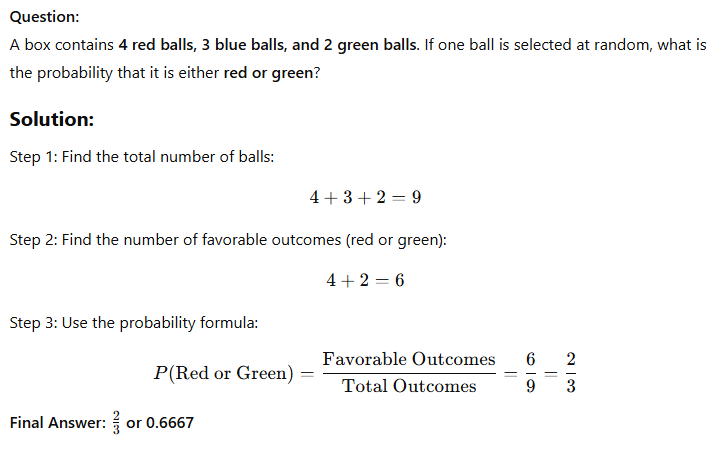
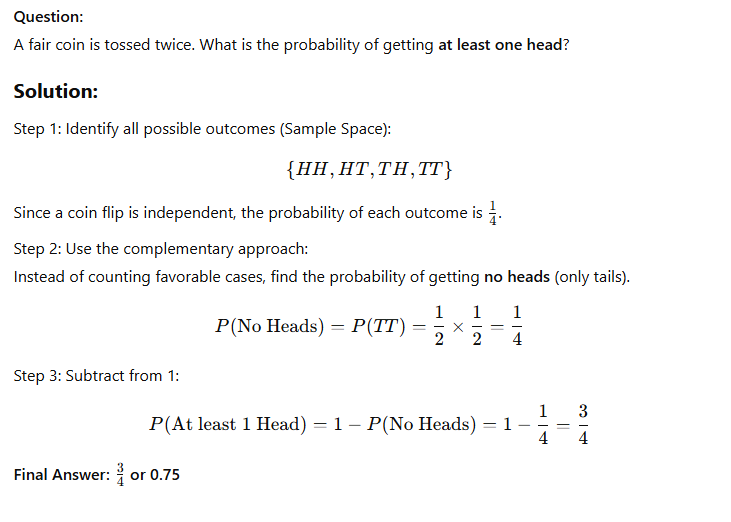
Combinations
Short Note
Combinations deal with how many ways you can choose things from a group, without caring about the order. So, if you're choosing 3 toppings for a pizza from a selection of 5, it doesn’t matter if you pick mushrooms, pepperoni, or olives in a different order—what matters is which toppings you pick. The formula for combinations is:

Example with Step by Step Solution
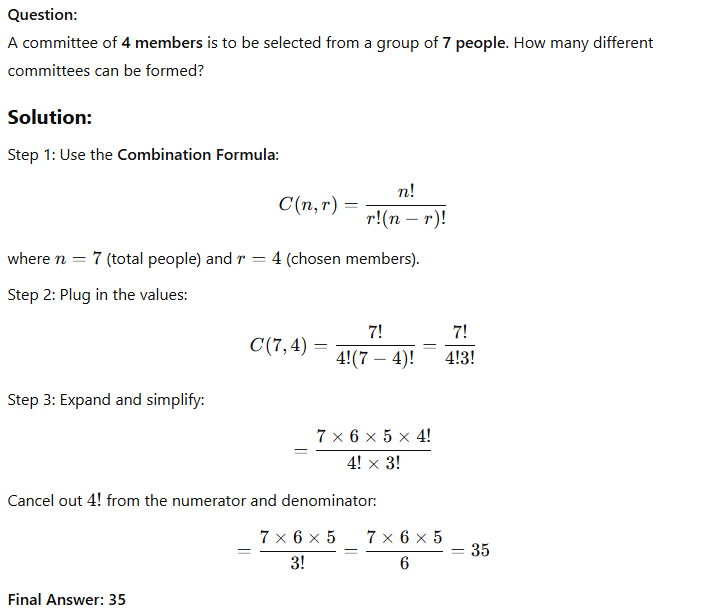
Permutations
Short Note
Permutations are all about figuring out how many ways things can be arranged when order does matter. This is important when you’re setting up a race, assigning seats in a classroom, or putting together a playlist of your favourite songs. The formula for permutations is:

Example with Step by Step Solution
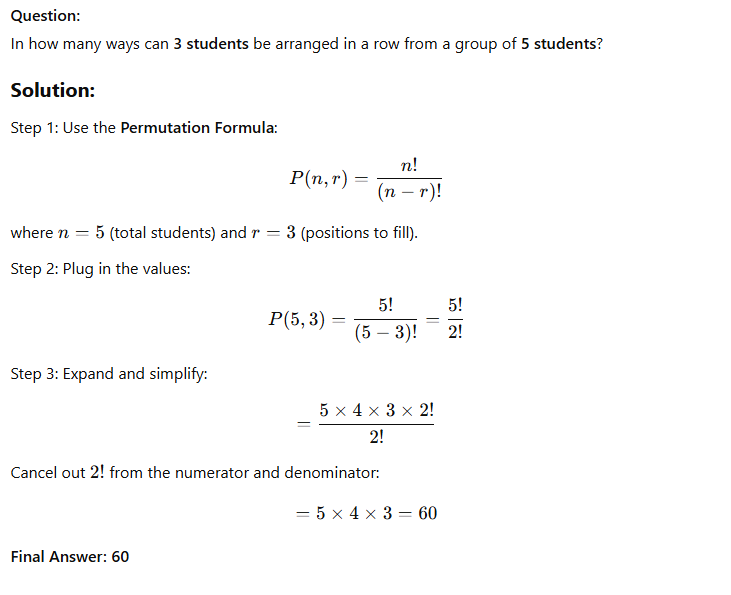
Overlapping sets
Short Note
Overlapping sets happen when things fall into two or more categories, and you have to figure out how much of them overlap. It’s like figuring out how many of your friends are both in your yoga class and your movie club (lucky them). The formula to handle these situations is:
Total=A+B−(Both)
Where A and B are the two sets (Math students, Physics students), and "Both" represents the students who study both.
Example with Step by Step Solution
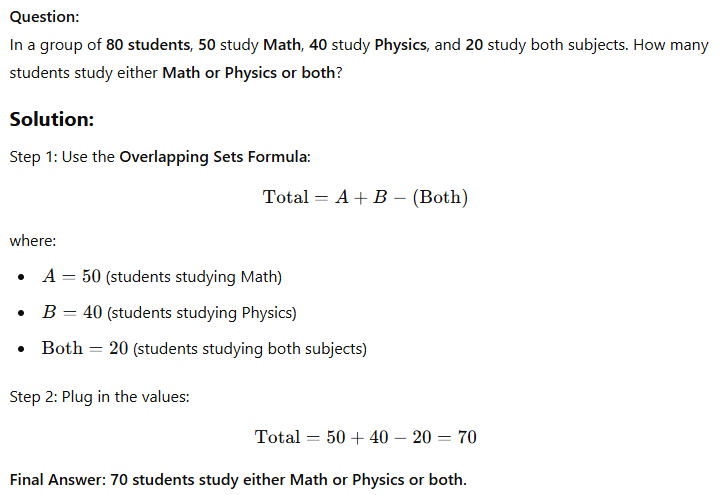
Some GRE Problems with Step by Step Solutions
Question 1

Solution:

Question 2

Solution:
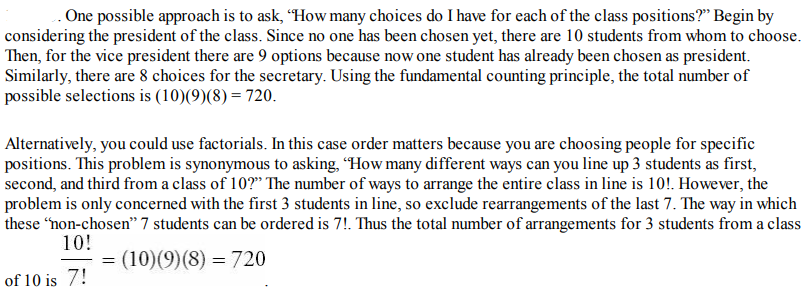
Question 3

Solution:

Question 4

Solution:

Question 5

Solution:

Question 6

Solution:

Question 7

Solution:

Question 8

Solution:
Question 9

Solution:
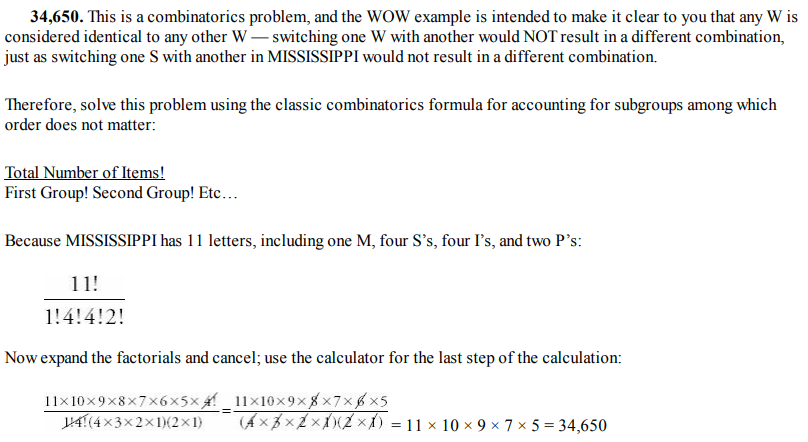
Question 10

Solution:

Question 11

Solution:
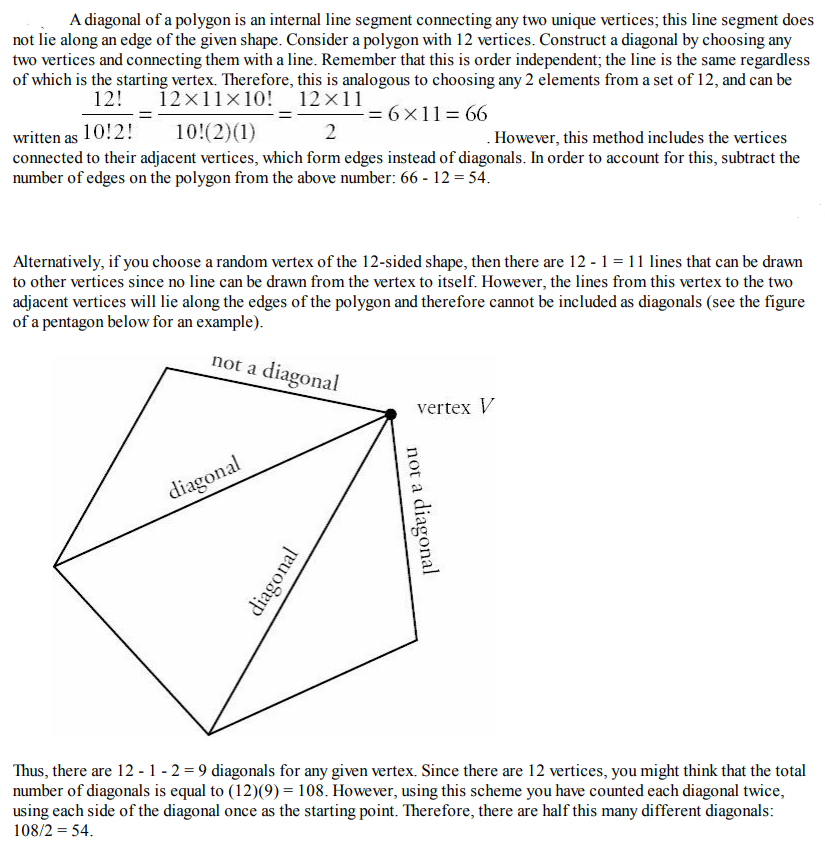
Question 12

Solution:
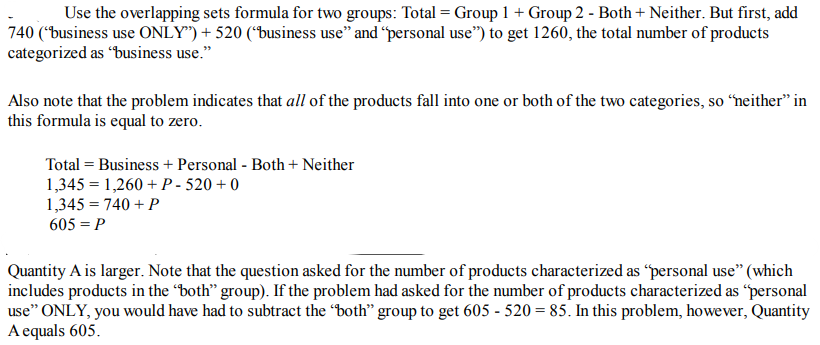
Question 13

Solution:
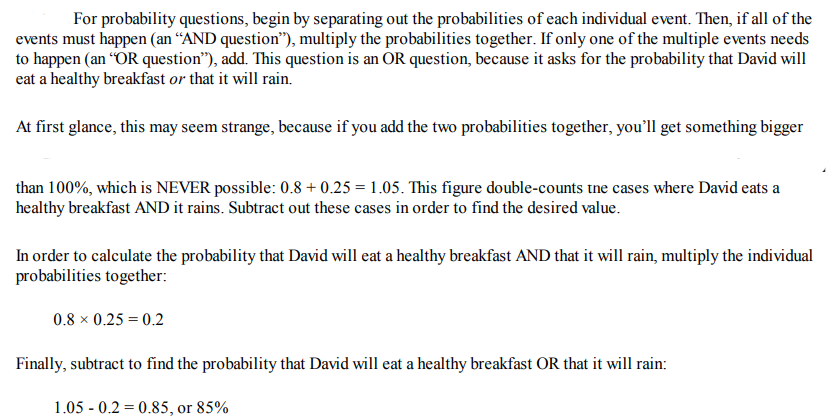
Question 14

Solution:
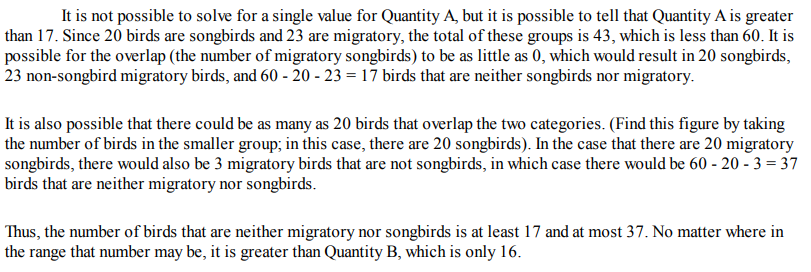
Conclusion
You’ve made it through the tricky concepts of Probability, Combinations, and Overlapping Sets, and now it’s time to take everything you’ve learned and put it into practice. Remember, these topics are a big part of the GRE Quantitative Reasoning section, and mastering them gives you the confidence to tackle even the most challenging questions. With a bit of dedication and consistent practice, you’ll see your skills sharpen, and those tricky problems will start to feel like second nature.
As you continue your prep, don’t stress over memorizing formulas—focus on truly understanding the "why" behind each concept. The more you practice, the more you’ll build that muscle memory that helps you move through problems quickly and accurately on test day. It’s all about progress, not perfection!
And here's a little encouragement: Every bit of effort you put in now is one step closer to your goal score. You’ve got the tools to succeed, so take it one question at a time. Keep practicing, stay positive, and trust in your preparation. You’ve got this!
Good luck, and remember—you're not just preparing for a test; you’re building the skills that will take you places beyond the GRE. Keep pushing, and don’t forget to celebrate every little win along the way!
